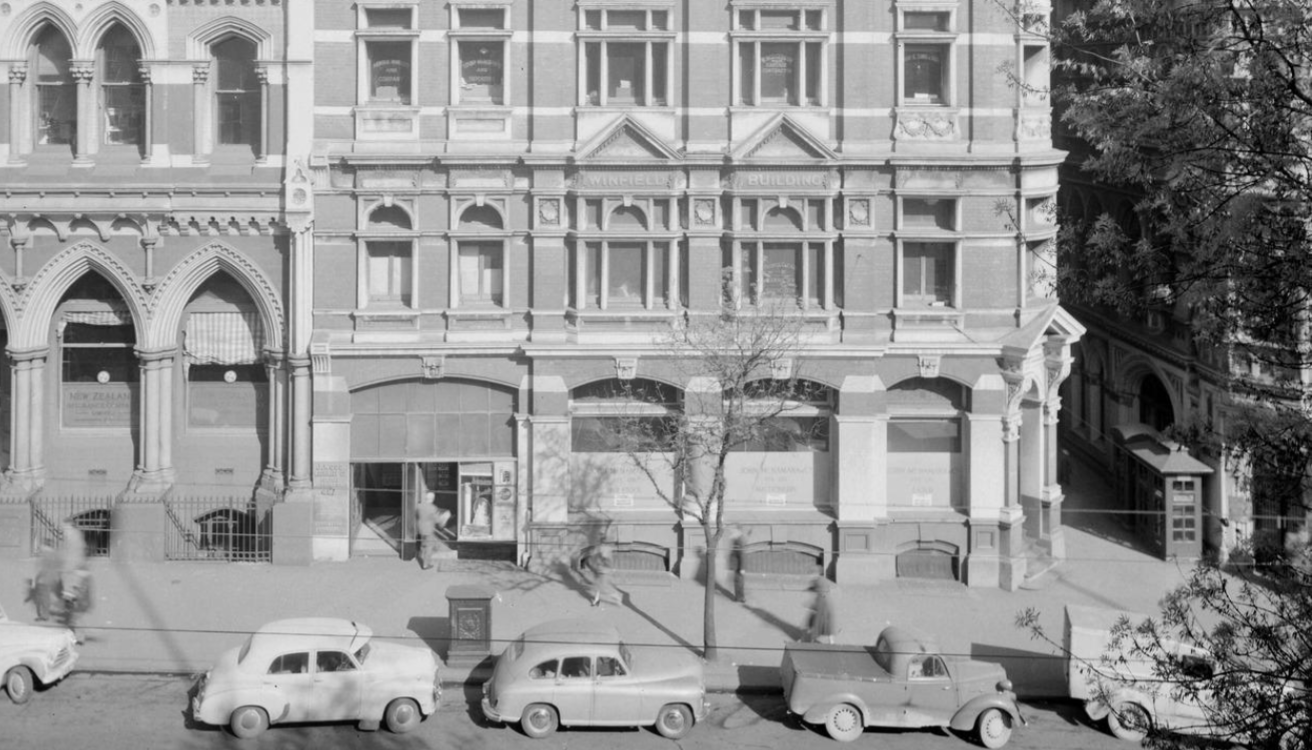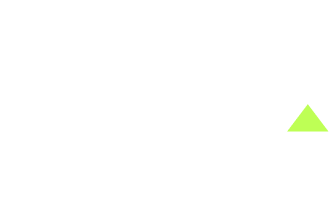
INTERCONTINENTAL MELBOURNE THE RIALTO
At UPco, our team is passionate about the built environment, and we love seeing beautiful architecture come to life. We all have our favourite buildings – and this month, we asked UPco Associate Aleesha Meesen to tell us about one of hers.

To start with, can you tell us a little bit about this building?
What’s now known as The InterContinental Melbourne actually started out as two buildings that sat side by side on Collins Street, both of which were constructed in the 1890s during the heyday of Melbourne’s Gold Rush. One was the Rialto: an office designed by architect William Pitt (the brains behind the Princess Theatre), and the other was the Winfield, which housed the Wool Exchange. Over time, with their striking neo-gothic and Romanesque architecture, these buildings became historically significant to the State of Victoria.
In the 1960s, a battle had begun for more office space in prime locations within Melbourne’s CBD, which triggered a fight to preserve the Rialto and its neighbours. By the mid-1970s, they were recognised by the newly formed Historic Buildings Preservation Council (now Heritage Victoria) – but over subsequent years, there were still tussles with various owners and developers who wanted to demolish the bulk of the buildings. After extensive debate, the construction of the soaring Rialto Towers was approved (situated behind the original Rialto building), as well as the transformation of the old Rialto and Winfield buildings into a hotel. This opened in 1987 as the Menzies Rialto.
Fast forward to 2008 and the Rialto’s newest chapter began. Having become part of the InterContinental Hotel Group, it was extensively refurbished to blend contemporary luxury with the heritage character. The rumoured $50 million invested in the refurbishment was well spent, breathing new life into one of the city’s landmarks while carefully respecting its heritage. It’s now home to 253 five-star hotel rooms, plus a swanky wellness centre, restaurant, bar and more. Thankfully, it’s now listed on the National Trust Heritage Register (Victoria) and protected by the Victorian Heritage Register (Victoria).
When did you first encounter it?
I grew up and studied Planning on the Gold Coast: a place where buildings like this simply don’t exist. When I moved to Melbourne, I was struck by how European some of the architecture is – and the Rialto always stood out as such a beautiful example of how the city’s heritage has been celebrated via the built form. I’ve been fortunate to experience my fair share of overseas travel, and I’ve seen many remarkable buildings throughout the world, but the Rialto will always have a special place in my heart because it made me appreciate the richness and diversity of urban design that actually exists in Australia.
What do you love about the building?
Visually, I think it’s stunning. I especially love the way it mixes the old and new so seamlessly – and the way the heritage is not just integrated, but showcased. The original solid Flinders Lane entrance, which once created a gloomy space between the two buildings, was knocked out and replaced with glass. So now the long, eastern façade has become an airy atrium. Stepping into this space, with the original bluestone cobbled laneway underfoot, is a literal melding of two times in history.
Apart from the design, I also love the fact that this building has held its place on such a prominent street for such a long time. In Melbourne, that’s no mean feat – our city is so diverse and ever-evolving, it’s quite special to see a building grounded in its heritage and still standing tall; to have found a contemporary purpose while retaining its original integrity and character. It may be modern luxury, but you can feel that there are stories in these walls.

Cover image courtesy of State Library Victoria
